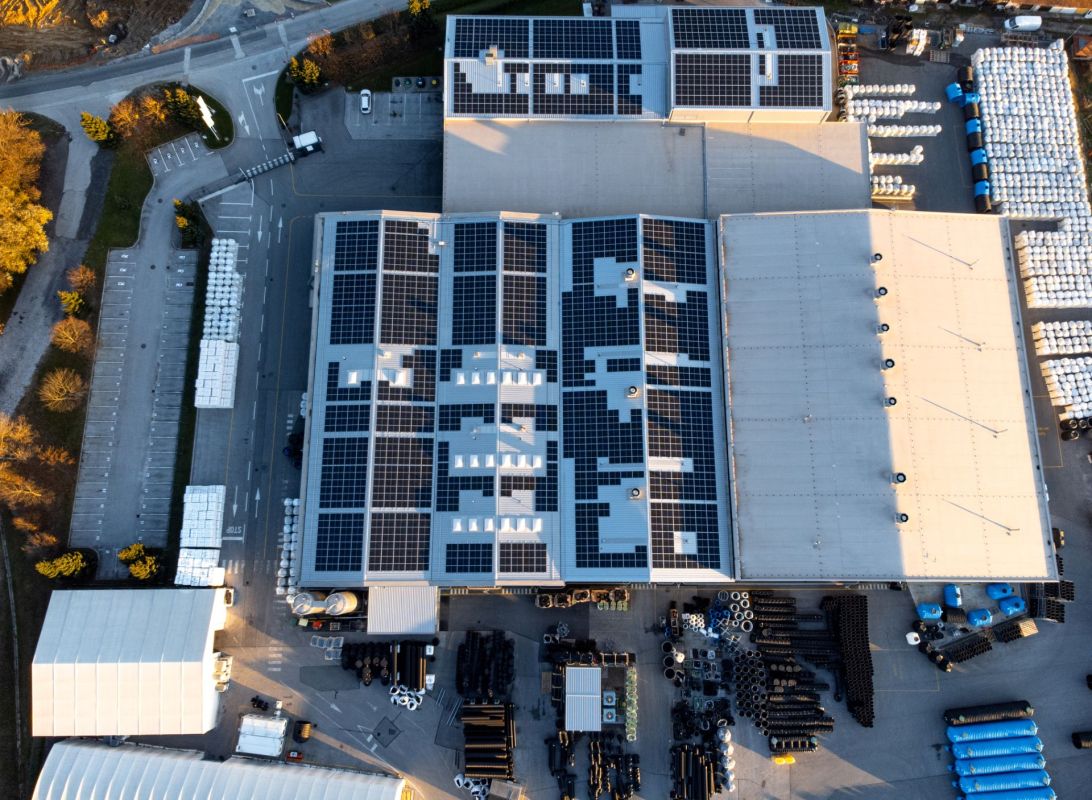A study published this past May concluded that up to 35% of the energy used for manufacturing in the U.S. could be provided by solar panels on the factory buildings themselves, dramatically reducing the industry's environmental impact.
The study was led by Northeastern University researchers, Electrek reports. They used data from the U.S. Department of Energy's Manufacturing Energy Consumption Survey (MECS) to determine how much energy factory buildings could generate with rooftop solar arrays per the amount of floor space inside, on average.
The study found that between 5% and 35% of manufacturing sectors could have their electricity requirements completely fulfilled by solar power. At about 40% of sites, electric panels would meet 100% of the facilities' needs in spring and summer.
Some industries were even more promising than others. For example, the study authors said, "Furniture, textiles, and apparel manufacturing can be powered through on-site means in nearly every location, representing 2% of U.S. manufacturing electricity use and 6% of floorspace."
The team also found that the sunny Southwest made it particularly easy to generate enough electricity to run a factory with solar panels.
Power is one of the major costs for any manufacturing facility. By generating electricity, businesses could save money on manufacturing costs, which could impact the price of products.
Meanwhile, solar is one of the most well-known sources of clean energy because it's produced without releasing heat-trapping gases into the atmosphere. Compare that to energy from the grid, which is often generated by coal-burning power plants that pollute and heat up the planet. Using more solar power across industries could help cool the world down while protecting the health of U.S. residents affected by coal plants.
Matthew Eckelman, associate professor of civil and environmental engineering at Northeastern University, told Electrek, "Currently, less than 0.1% of the electricity required by the manufacturing sector in the U.S. is generated through renewable, onsite sources. This must change if we are going to meet decarbonization goals."
Join our free newsletter for cool news and actionable info that makes it easy to help yourself while helping the planet.









